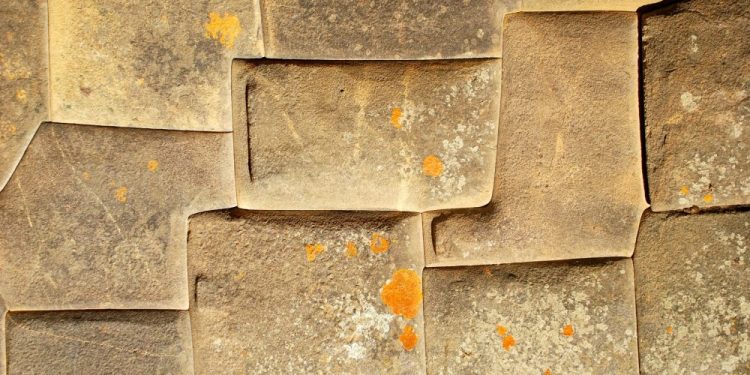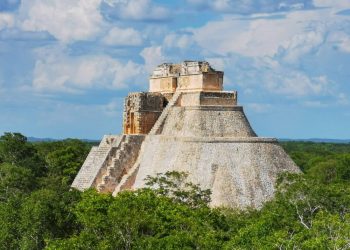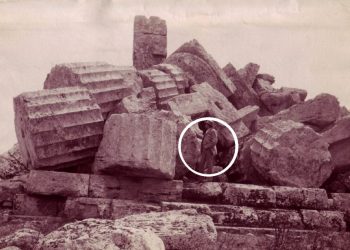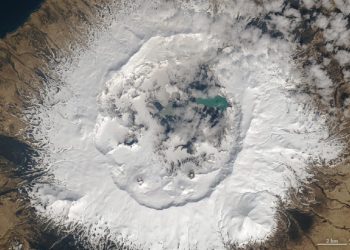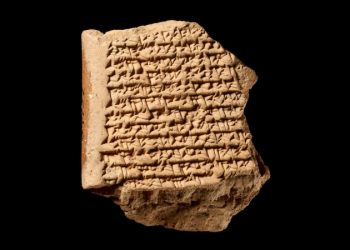Some 90 kilometers from the present-day city of Cuzco in Peru lay the remains of one of South America’s most impressive ancient archaeological sites. Not many people know of Ollantaytambo, yet it is home to some of the most impressive megaliths the world has ever seen. Ollantaytambo is a typical example of the ancient Inca’s extraordinary urban planning, although some have ventured out to say that it even predates them.
Ollantaytambo’s winding and cobbled alleys
Its winding and cobbled alleys, the ruins scattered everywhere, and its agricultural terraces are just one of the many reasons why Ollantaytambo is one of America’s most impressive ancient sites. According to scholars, Ollantaytambo is also home to some of South America’s oldest continuously occupied dwellings. Among the ruins, a visit to the ancient fortress and the temple is recommended, where we can appreciate magnificent views of the Sacred Valley of the Incas. It is a mind-boggling site that should be on your bucket list if you love ancient civilizations and megalithic sites as much as I am.
Located at an altitude of nearly 3,000 meters
Located at an altitude of nearly 3,000 meters, Ollantaytambo was the royal estate of Emperor Pachacuti, who conquered the region during the rule of the Inca in the mid-15th century. It served as both a town and ceremonial center. The fact that it was located in the Inca’s sacred valley (Valle Sagrado de Los Incas) speaks of its importance. Ollantaytambo is divided into various parts. The main settlement at Ollantaytambo is an orthogonal layout with four longitudinal streets crossed by seven parallel streets. Like many other ancient Inca cities, Ollantaytambo was built with a large plaza at the intersection of the grid.
A magnificent complex
We have the so-called Temple Hill, its magnificent terraces, storehouses, quarries, and the most famous part of Ollantaytambo (probably), the Wall of the six monoliths. The terraces of Ollantaytambo are truly massive and, because of their incredible size, have often been misinterpreted by people as having served a different purpose. However, along the valley of the Urubamba and Patakancha, Ollantaytambo has a series of agricultural terraces that start at the bottom of the valleys, making their way upwards through the surrounding hills.
Ollantaytambo’s andenes
These agricultural terraces, also known as andenes, allowed farming areas that would have otherwise been unusable. The impressive terraces at Ollantaytambo, which were larger than those at other Inca cities, allowed the ancient city’s inhabitants to take advantage of the different ecological zones created by the altitude variations. Storehouses (qullqas) at Ollantaytambo were built strategically. The ancient Inca placed the magazines at higher altitudes where more wind and lower temperatures would help preserve their contents against decay.
The qullqas
In addition, the ancient Inca had developed a series of ventilation systems known within the qullqas to help preserve the contents inside the storehouses. Like many other ancient cities across America, Ollantaytambo was built of massive stone blocks. That’s why quarries were important for providing the necessary materials to build houses, plazas, temples, and fortifications. The main quarries belonging to Ollantaytambo were located in a ravine across the Urubamba River, around 5 km from the site.
Ollantaytambo’s rose rhyolite, an igneous, volcanic rock
The quarry provided Ollantaytambo with blocks of rose rhyolite, an igneous, volcanic rock. Rhyolite was quarried starting some 11,500 years ago. Native Americans also quarried the material in pre-historic times. The material was also used to craft spear points and arrowheads. The Temple sector at Ollantaytambo is beyond impressive. Built out of finely cut and fitted stone, it is accessed by a stairway that finishes on a terrace with a hand-finished fate and the so-called Enclosure of the Ten niches, a structure composed of one room. The main structure is the Sun Temple, a monument that was never completed but features Ollantaytambo’s most breathtaking, iconic structure, the Wall of the Six Monoliths. As such, the Wall of the Six Monoliths is also the most mysterious.
The Wall
Standing about 36 feet wide and 14 feet high, the Wall is one of the grand mysteries of the Andes and the Inca. The Wall comprises six giant andesite monoliths divided by small strips whose purpose remains a mystery. The rocks are masterfully crafted and, like many other walls of the Inca (and pre-Inca), are fitted with such precision that not a single piece of paper can fit between them. Archaeologists can only speculate what the purpose of the massive monoliths was.
How were the stones moved?
Furthermore, the massive stones used in the construction were hauled by means we still don’t understand across uneven terrain from the Chachiqata quarry, located some four kilometers away. This involved moving the blocks across rivers, valleys, and uneven terrain. Weighing between 50 to 100 tons apiece, researchers are left stumped by why such massive stones were used in the first place and how they were transported to where they stand today.
One of the most impressive ancient megalithic sites
Located at an altitude of nearly 3,000 meters above sea level, Ollantaytambo is one of Peru’s most impressive ancient megalithic sites, partially due to the difficulty in constructing the site. Some of the heaviest stones were transported uphill across vast distances. The site is a megalithic complex composed of residential areas, agricultural terraces, quarries, temples, and other buildings. Ollantaytambo is home to some of the most intricate examples of monuments.
Wall of the Six Monoliths
Home to the so-called Wall of the Six Monoliths, this is one of the most enigmatic structures at Ollantaytambo, mostly because of the monoliths’ massive sizes. It remains a profound mystery how the ancients managed to transport the massive blocks and raise them into position to form the structure. Overlooking Ollantaytambo is Viracocha’s image in stone. Carved one the outcrop of the mountain Pinkuylluna, Viracocha was the creator god of pre-Incan and Incan mythology.
Mountains surround Ollantaytambo, and the main access routes run along the Urubamba Valley. It was here where the ancient Incas built roads linking the site with other important cities like Machu Picchu to the west and Pisaq to the east.
Join the discussion and participate in awesome giveaways in our mobile Telegram group. Join Curiosmos on Telegram Today. t.me/Curiosmos



